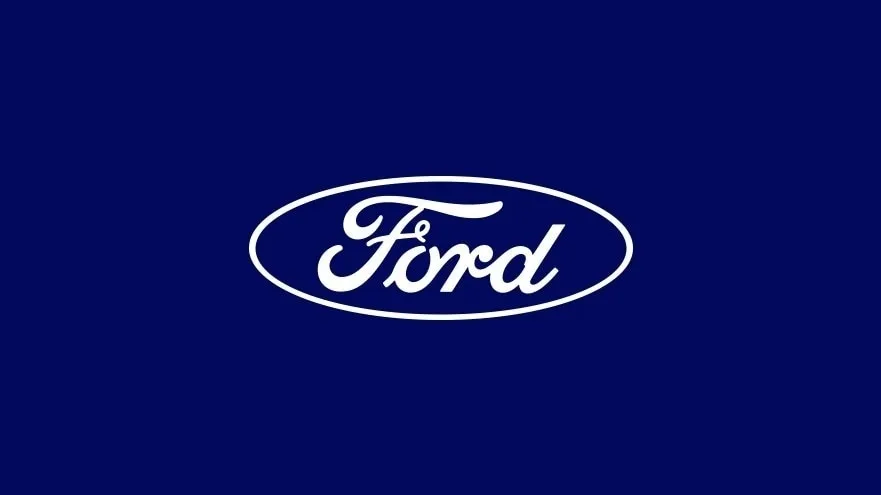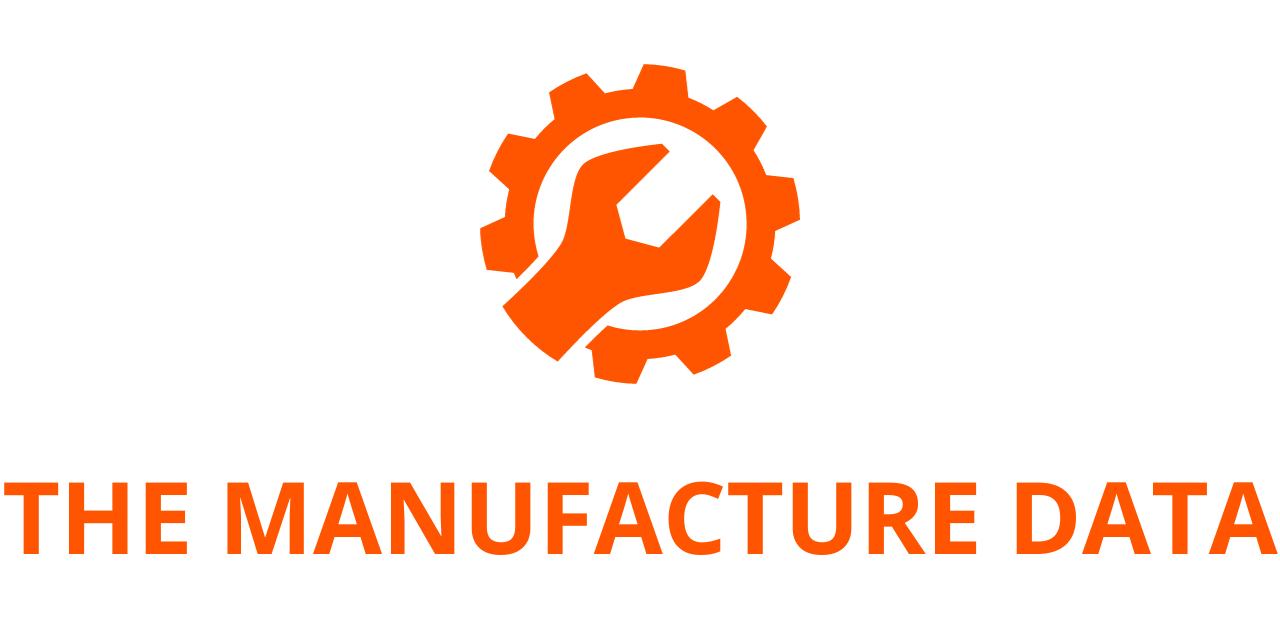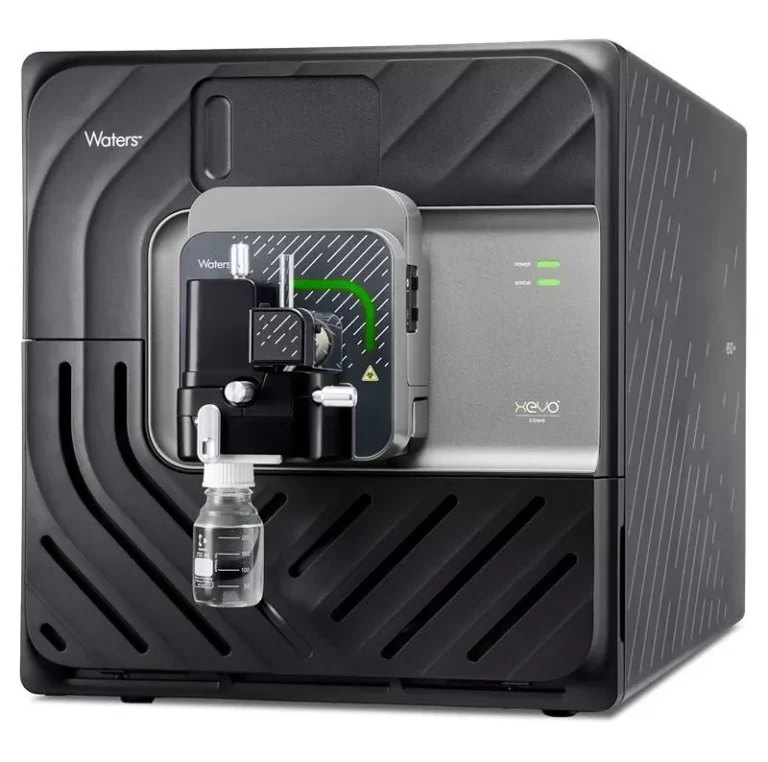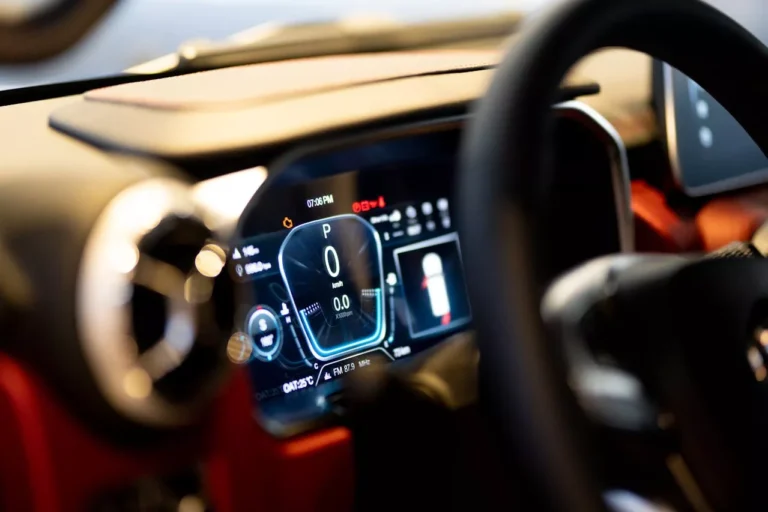
Clay Model Brings Ford’s New World Headquarters to Life in Miniature
Clay has long been the go-to material for sculptors and automotive designers alike, but a recent Ford project took the tradition in a surprising new direction. Instead of shaping the body of a new car, Ford’s design team used clay to build a detailed scale model of something much larger: the company’s new World Headquarters in Dearborn, Michigan. This project, unusual in both purpose and execution, marks what may be the first time in Ford’s history that an architectural clay model of this kind has been created.
What makes the project even more compelling is its origin. The model was built by 35 Ford team members inside the very building it represents, even as the real facility was still nearing completion. Over the course of just five weeks, sculptors and designers transformed more than 150 pounds of clay into a miniature version of Ford’s 2.1 million-square-foot headquarters, blending artistry with technical skill to capture the essence of the new space.
A Design Project Made for Designers
Ford’s new World Headquarters is not just another office building—it is a creative hub. When fully operational, it will house six design studios and a first-floor fabrication department equipped for rapid prototyping, painting, and advanced material work such as wood, metal, and trim creation. The building was envisioned to foster creativity and collaboration, and the clay model mirrors that mission.
Lead sculptor Jeff Royer explained that the model provides more than just a visual aid—it serves as a practical wayfinding tool within the large and evolving headquarters. “It’s a very human-centered space,” Royer said. “The quality of natural light in the studios is something completely different from what we had in the old Product Development Center.”
For fellow sculptor Anna Burke, who has been working inside the new headquarters since spring, the model represented a front-row seat to the building’s transformation. “Each week something new changes—more hallways open, new doors are finished, or a whole bank of elevators suddenly appears where drywall once stood,” she shared. Beyond the evolving structure itself, Burke praised amenities such as focus rooms designed to give employees quiet, well-equipped places to concentrate.
Building the Model: Clay, Foam, and Creativity
To recreate the massive headquarters in clay, the team relied on a combination of traditional techniques and modern technology. The base was built from foam, forming a lightweight framework around which 150 pounds of clay was carefully applied. Much like automotive clay models, the structure used a layered approach—foam, plywood, and a wax-like clay exterior that could be shaped with precision.
Sean VandenBrink, another sculptor on the project, highlighted how working in three dimensions makes a world of difference. “We make physical models of cars for a reason. A sketch or computer file only goes so far—seeing a space in front of you, being able to walk around it, helps you understand it in a completely different way,” he said. “The same was true with this building model.”
The model also incorporated 3D printing technology to capture intricate details, such as the central courtyards of the campus. Once printed, these elements were integrated into the clay structure, supported by a custom-built wood table that gave the piece a strong foundation.
A Tight Deadline and Team Effort
The project was not without its challenges. With just five weeks to complete the entire model, the team leaned on Ford’s internal principles—focus, excellence, and collaboration. Every detail mattered, from the precision of the clay shaping to ensuring that paint colors matched the clay surface perfectly. “We don’t do anything halfway,” Burke said. “We always push to bring it to the next level.”
Collaboration extended beyond the core sculpting team. Ford Land Design and construction partners provided the necessary digital files of the building to launch the project, while teams specializing in digital modeling, 3D printing, and clay and foam milling all contributed to turning those files into a tangible replica.
Royer emphasized that “good enough” is never part of the vocabulary in Ford’s Fabrication and Modeling teams. Excellence is always the standard, no matter the project.
More Than a Model
While the clay headquarters is an impressive work of art, its value extends beyond aesthetics. For the sculptors, the project offered a rare creative departure from their typical assignments. The freedom to reimagine an entire building in clay allowed them to experiment in ways that don’t always happen in automotive design.
“It was an honor to be given the opportunity,” Royer said. “It was fun, it was eye-opening, and it allowed us to think differently. I would imagine in some way, this experience influences the work we’ll do in the future.”
For Burke, the project underscored the sheer scale of collaboration behind both the model and the actual building. “The amount of work and coordination across the board that’s gone into it is amazing,” she said.
In the end, the clay model stands as both a tribute to Ford’s design culture and a practical tool for understanding the company’s new home base. By merging traditional craftsmanship with advanced technology, the team created something that not only captures the physical structure of the new headquarters but also embodies the spirit of innovation and creativity that will define its future.




